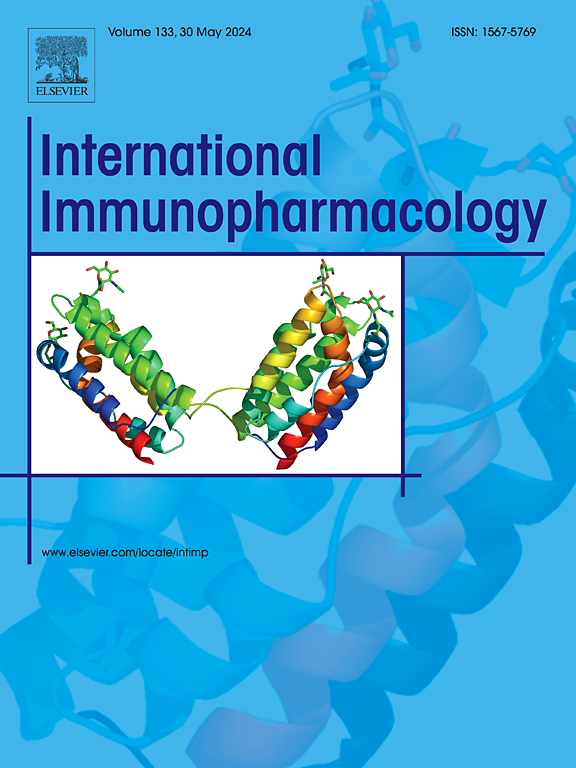A novel postoperative delayed neurocognitive recovery model established based on preoperative rapid eye movement sleep deprivation in adult mice
IF 4.8
2区 医学
Q2 IMMUNOLOGY
引用次数: 0
Abstract
Backgrounds
Postoperative delayed neurocognitive recovery (dNCR) usually occurs in older patients, however, the extremely high cost of older animals has hindered postoperative dNCR research to some extent. Preoperative sleep disturbance increases the risk of postoperative dNCR in patients. Therefore, this study aimed to construct a dNCR model in adult mice based on preoperative sleep disturbance.
Methods
A modified multiple platform method was used to induce rapid eye movement sleep deprivation (REM-SD), and the surgical model was established by laparotomy in 3-month-old C57BL/6 J mice. The Morris water maze and fear conditioning test were used to assess the cognitive function of mice. Immunofluorescence was used to detect microglia and astrocyte activation, and quantitative real-time PCR was used to measure the mRNA levels of inflammatory cytokines.
Results
Neither laparotomy nor 12 h of REM-SD caused cognitive impairment in mice, but the combination of the two methods induced hippocampus-dependent cognitive dysfunction. Furthermore, hippocampal microglia of mice with 12 h of preoperative REM-SD were polarized to the M1-type, accompanied by increased interleukin-6 and decreased interleukin-10 at the mRNA level.
Conclusions
We successfully established an adult mouse model of postoperative dNCR based on preoperative REM-SD, which provides an alternative model to explore the pathogenesis and therapeutic measures of dNCR .

求助全文
约1分钟内获得全文
求助全文
来源期刊
CiteScore
8.40
自引率
3.60%
发文量
935
审稿时长
53 days
期刊介绍:
International Immunopharmacology is the primary vehicle for the publication of original research papers pertinent to the overlapping areas of immunology, pharmacology, cytokine biology, immunotherapy, immunopathology and immunotoxicology. Review articles that encompass these subjects are also welcome.
The subject material appropriate for submission includes:
• Clinical studies employing immunotherapy of any type including the use of: bacterial and chemical agents; thymic hormones, interferon, lymphokines, etc., in transplantation and diseases such as cancer, immunodeficiency, chronic infection and allergic, inflammatory or autoimmune disorders.
• Studies on the mechanisms of action of these agents for specific parameters of immune competence as well as the overall clinical state.
• Pre-clinical animal studies and in vitro studies on mechanisms of action with immunopotentiators, immunomodulators, immunoadjuvants and other pharmacological agents active on cells participating in immune or allergic responses.
• Pharmacological compounds, microbial products and toxicological agents that affect the lymphoid system, and their mechanisms of action.
• Agents that activate genes or modify transcription and translation within the immune response.
• Substances activated, generated, or released through immunologic or related pathways that are pharmacologically active.
• Production, function and regulation of cytokines and their receptors.
• Classical pharmacological studies on the effects of chemokines and bioactive factors released during immunological reactions.

 求助内容:
求助内容: 应助结果提醒方式:
应助结果提醒方式:


